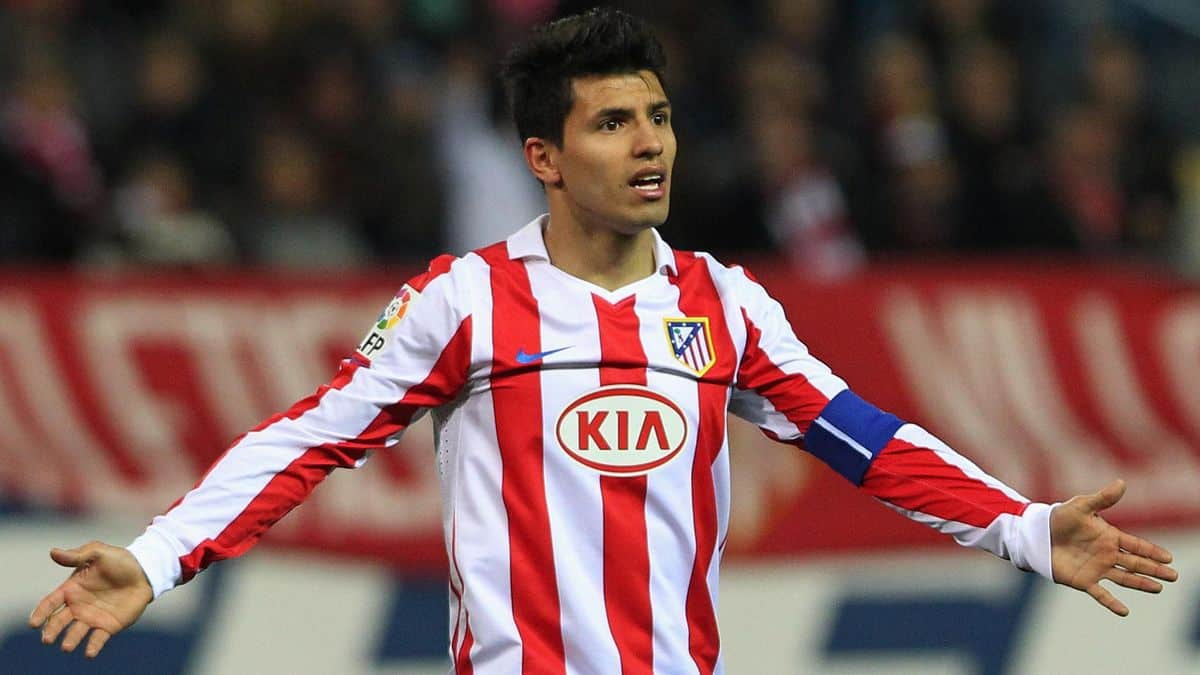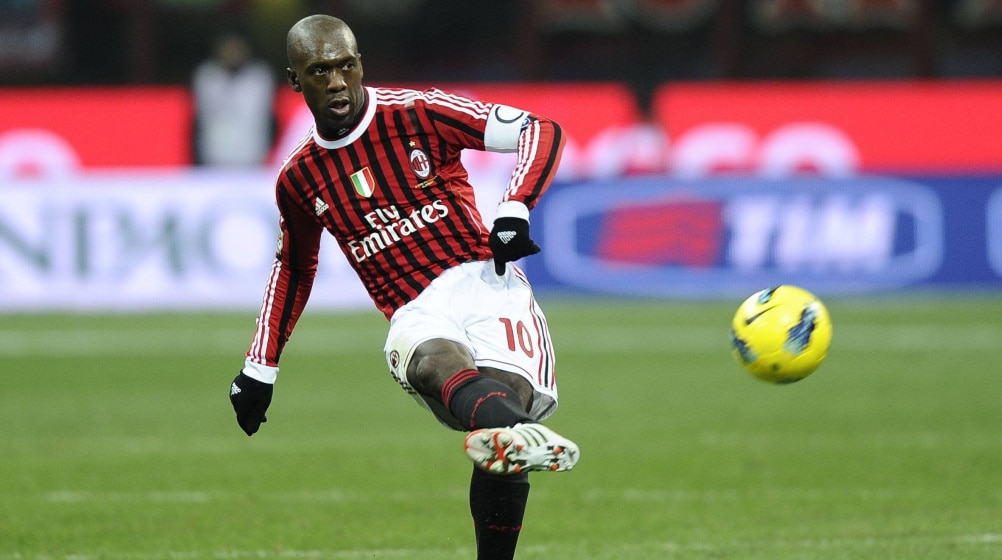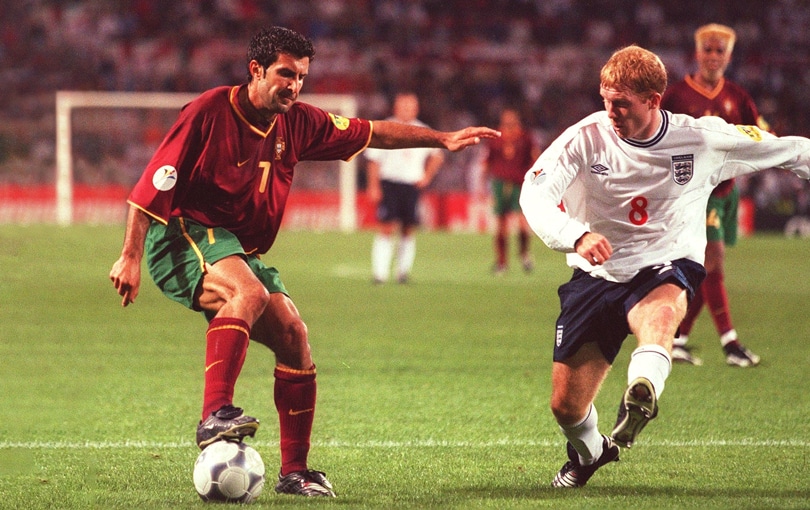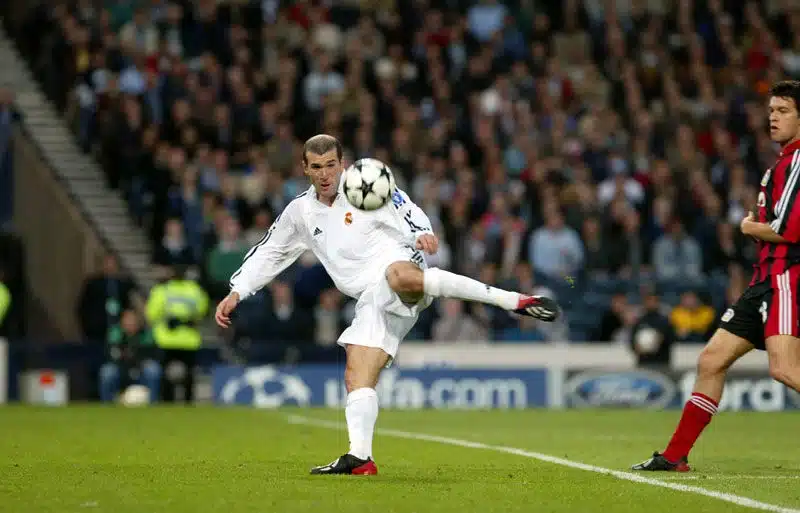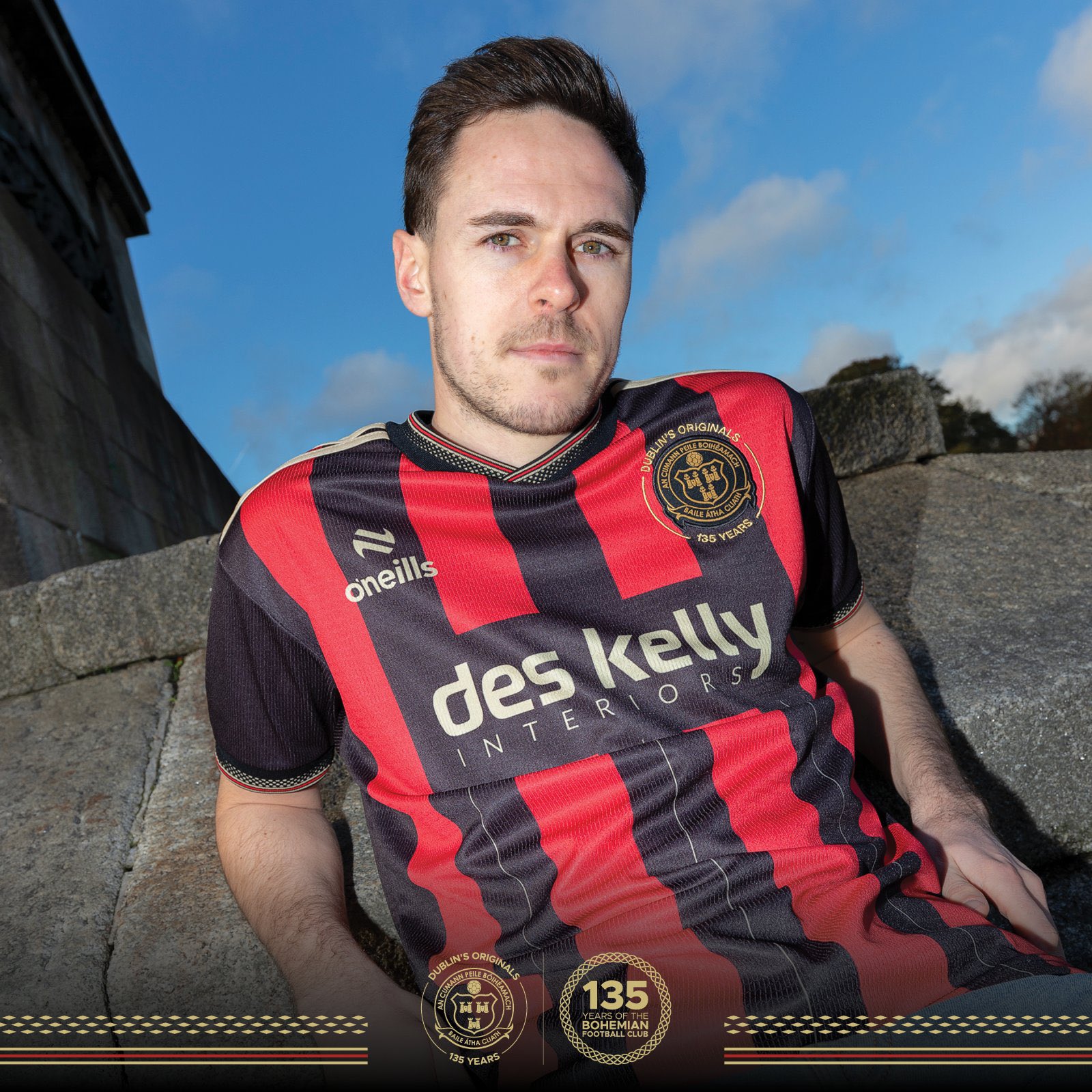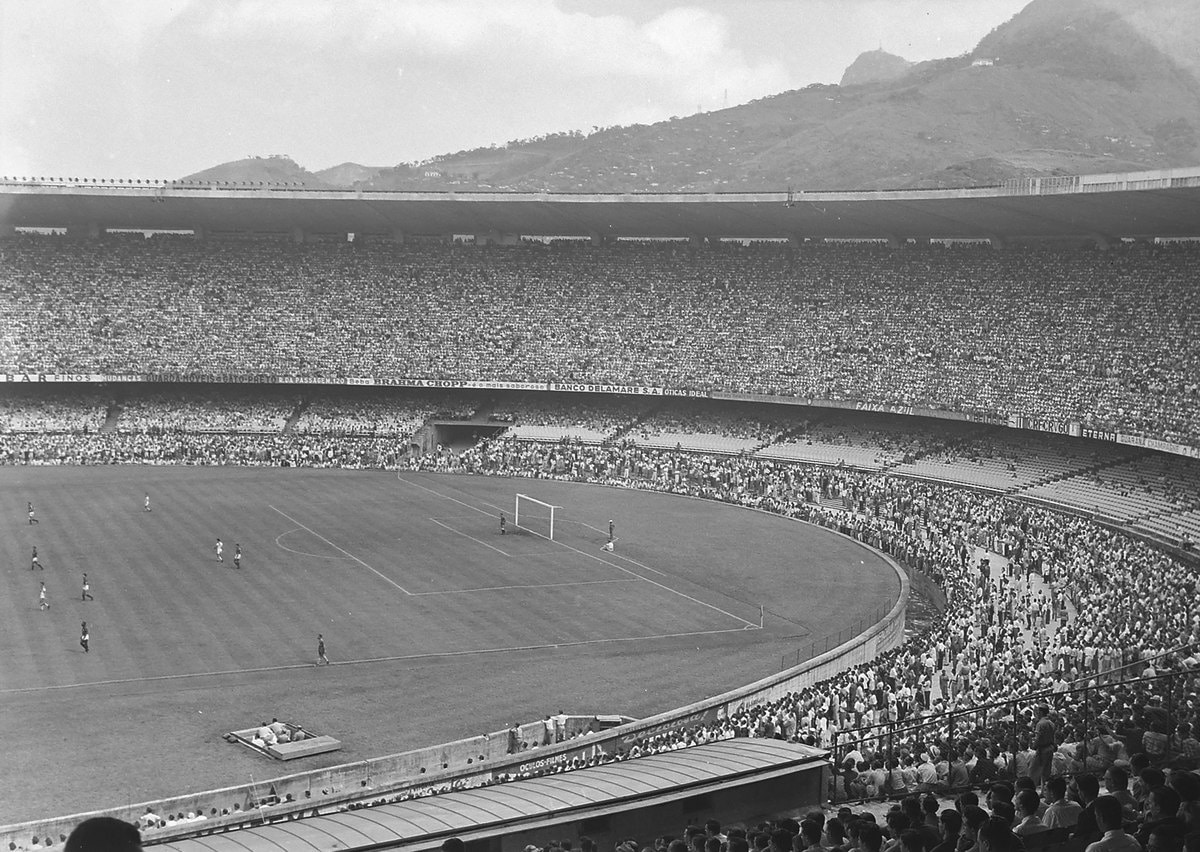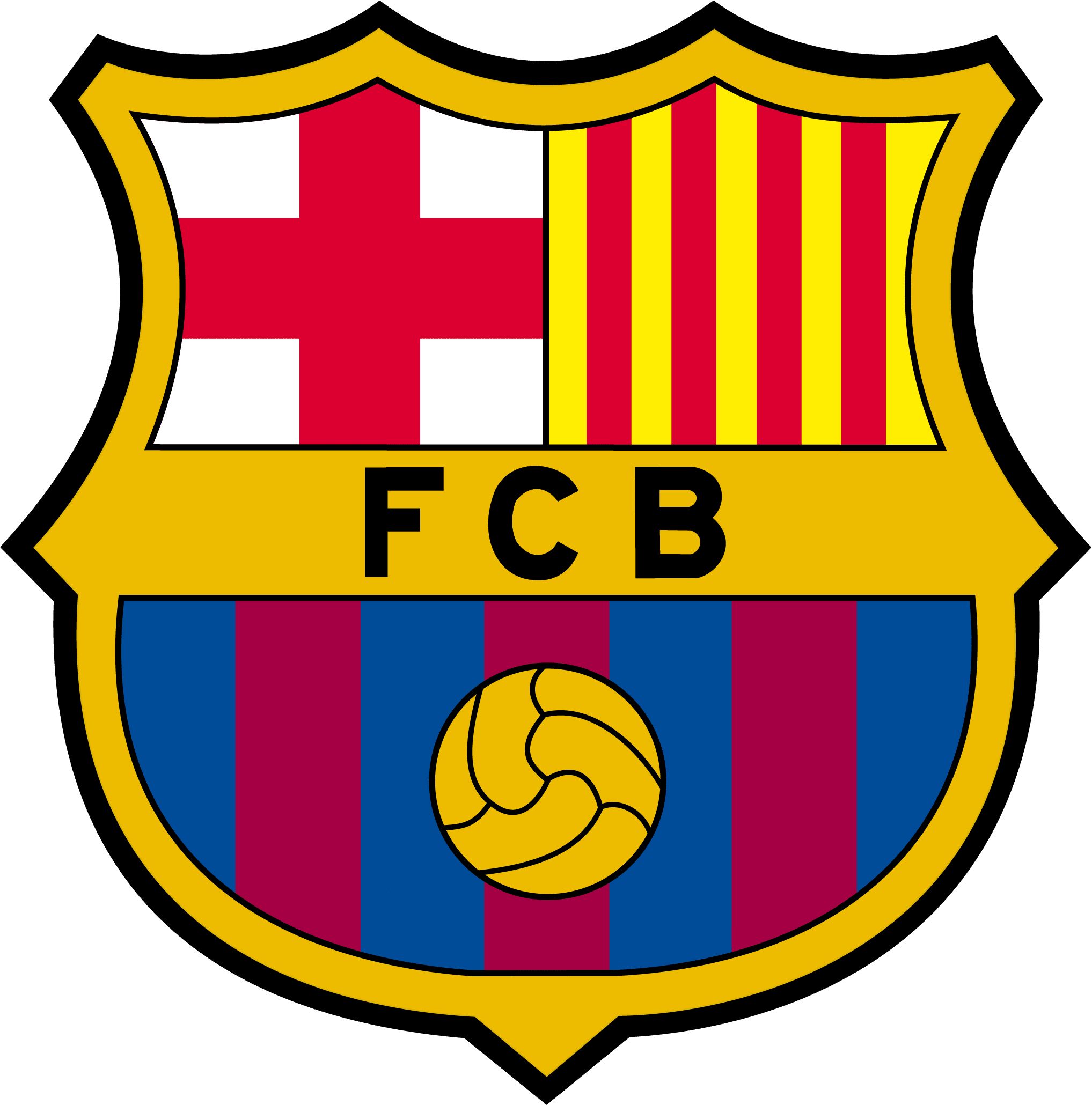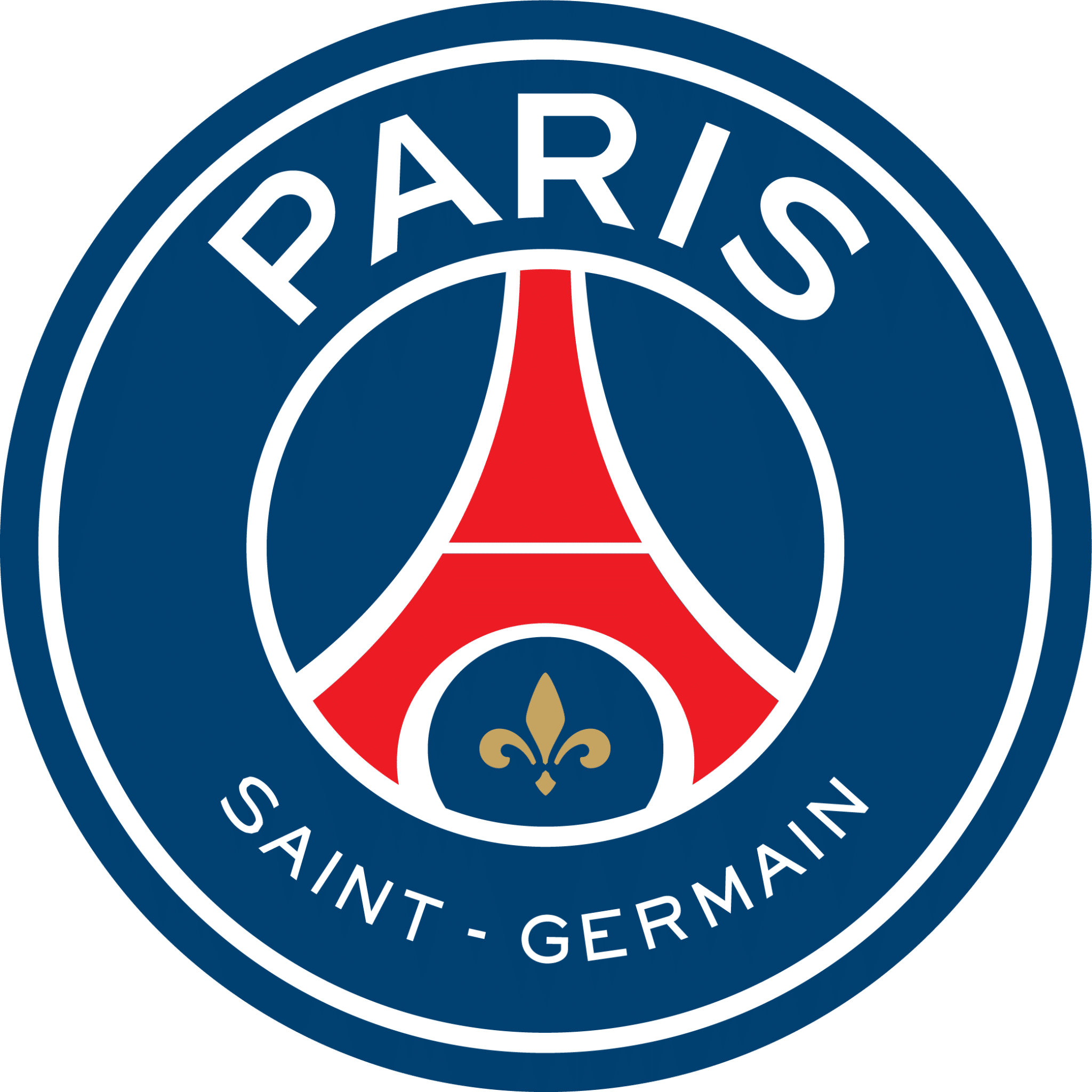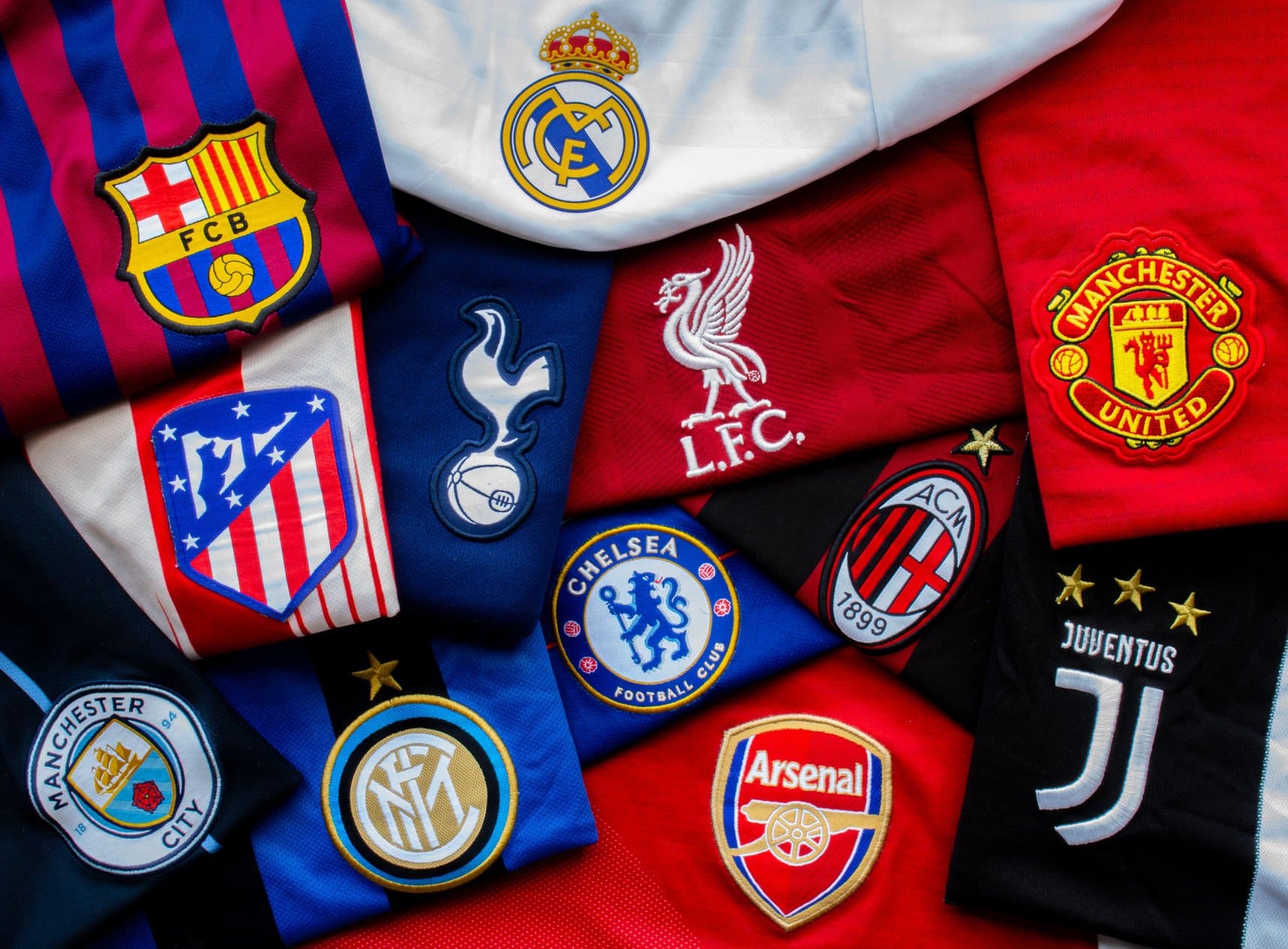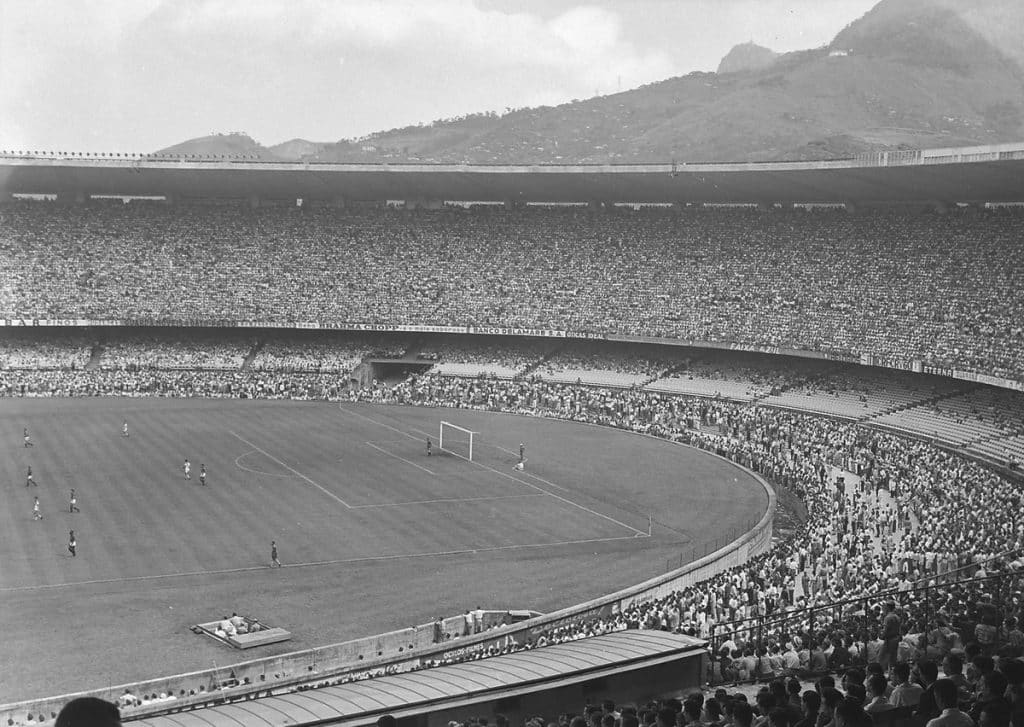
Football History: Highest Attended Fixtures
As football continues to grow everyday, more and more supporters want to make the journey to watch and experience games live. A high attendance in today’s game would be between 70,000 to 90,000 depending on factors such as stadium safety and how modern the stadium is.
As impressive as these numbers are, they are still quite some way of the highest ever attended matches in football history. In this piece we will look back at the top three highest attended games.
Celtic vs Aberdeen, Scottish Cup Final, 1937
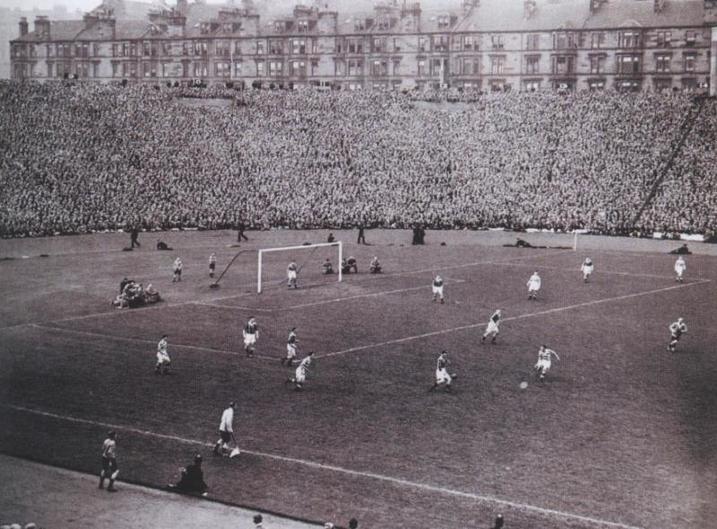
Stadium: Hampden Park, Glasgow, Scotland
Attendance: 147,635
Celtic were victorious over Aberdeen in the 1937 Scottish Cup Final, winning the game 2-1 thanks to goals from Johnny Crum and William Buchan.
This match set two records. The largest ever attendance for both a European domestic game and a National Cup Final anywhere in the world.
Amazingly, there were an estimated 30,000 more fans locked outside the stadium who missed the match.
Scotland vs England, Home International Championship, 1937
Stadium: Hampden Park, Glasgow, Scotland
Attendance: 149,547
Just a week before the Scottish Cup Final, Hampden Park saw its highest ever attendance when Scotland hosted England in the Home International Championship.
Ironically, the most attended game in European history didn’t even matter as Wales had already won the tournament meaning there was nothing to play for in Glasgow. Nevertheless, Scotland won the game 3-1.
Scotland’s Jimmy Delaney also played in the Scottish Cup Final just seven days later for Celtic, meaning over 300,000 fans watched him play football in the space of a week.
What made this attendance even more impressive was the fact that a full fixture list of English league matches were also being played the same day.
Brazil vs Uruguay, World Cup Final, 1950
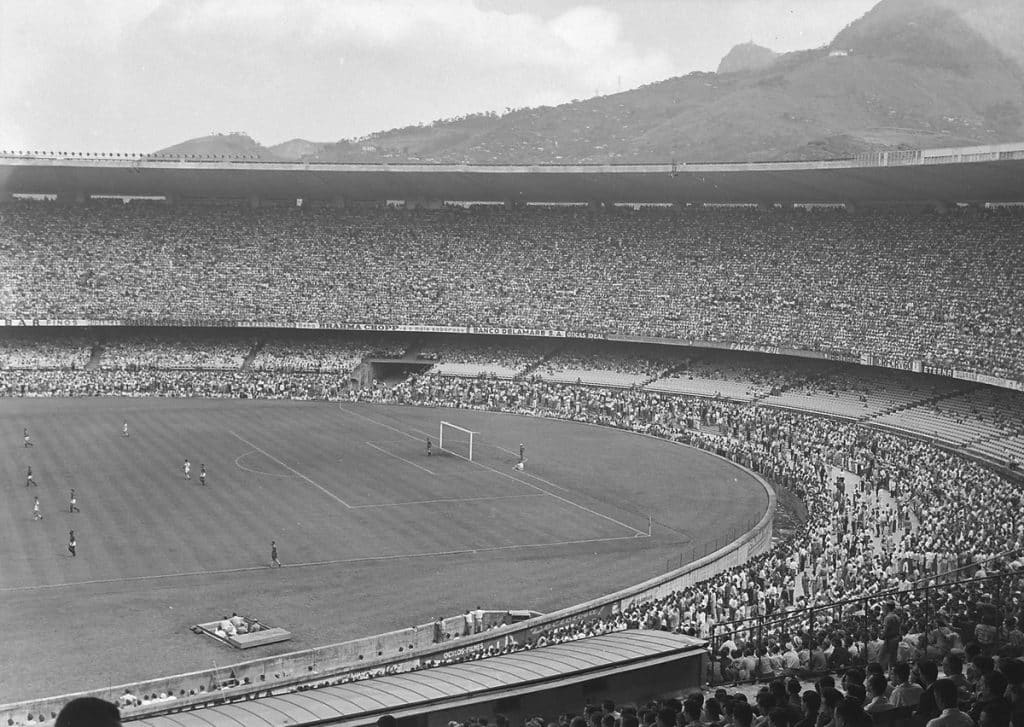
Stadium: Maracana Stadium, Rio de Janeiro, Brazil
Attendance: 199,854
The 1950 World Cup Final was the largest official attended football match in history. Nearly 200,000 fans showed up to one of the most famous games of all time.
Brazil simply needed a draw to win the tournament, which back then was done by a league format rather than straight knock-out as we see it today.
Albino Friaça gave the Braziliians the lead two minutes into the second half as the stadium filled mostly with Brazil supporters began the celebrations.
Things quickly changed though, as Uruguay scored two goals in 13 minutes to turn the game on its head. Goals from Juan Alberto Schiaffino and right winger Alcides Ghiggia meant Uruguay had won their second World Cup in unbelievable fashion.
This match is also the reason Brazil now play in yellow and blue. Previously Seleção wore white but after the embarrassing defeat on home soil to Uruguay, it was demanded that the team no longer wore the strip again.
Ghigga passed away on July 16th 2015, 65 years to the day that he scored the winner for his country in Rio de Janeiro.

